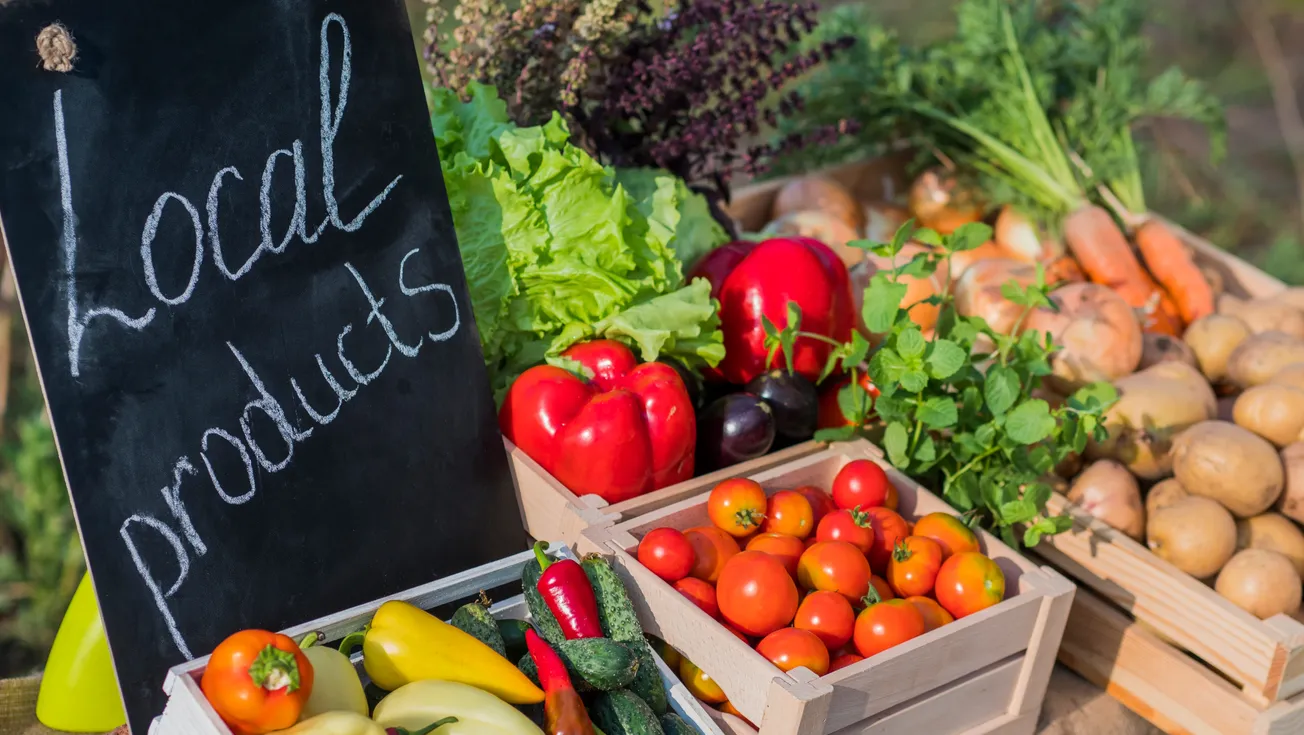Retailers Embrace Local Brands to Boost Freshness, Trust and Sustainability
As consumer demand for transparency, sustainability and authenticity grows, grocery retailers are leaning into regional sourcing strategies to differentiate their assortments and elevate shopper trust.
From farm-fresh produce to locally-crafted specialty items, the rise of hyperlocal merchandising is reshaping the way groceries are sourced, displayed and marketed, especially in regions like Northwest Arkansas, where food innovation and supply chain access converge.
The Local Advantage
Shoppers today want more than convenience; they want connection. According to NielsenIQ, 46% of U.S. consumers say buying local is important to them, and grocers are responding. Featuring regionally-produced goods helps retailers convey freshness, support local economies and align with community values.
For example, Walmart has pledged increased support for American-made and regionally-sourced products through initiatives like its Investing in American Jobs program and its open call for U.S. manufacturers.
Sustainability and Supply Chain Resilience
Sourcing products locally is not just good PR, but it is also a practical strategy. By reducing transportation distances, retailers can lower carbon footprints and increase responsiveness to supply disruptions.
This has been especially critical post-pandemic, as grocers seek to insulate themselves from global supply volatility. In Arkansas, retailers and suppliers are working more closely with growers, dairies and food artisans to shorten supply chains while highlighting homegrown quality.
Spotlighting Local in Merchandising
In-store, retailers are using signage, storytelling and endcap displays to give local brands a platform. Shoppers are drawn to narratives about family farms, hometown founders or regional recipes, making merchandising a key tool for discovery and differentiation.
Digital Amplification
Retailers are also featuring local brands prominently in their apps and e-commerce platforms, allowing shoppers to filter or search by location. Some even include short-form video or QR-code-linked content to share behind-the-scenes stories from producers.
Challenges and Considerations
While the benefits are strong, integrating local suppliers into large-scale retail operations comes with challenges such as ensuring food safety compliance, managing inconsistent supply and aligning with merchandising standards. However, retailers with strong local partnerships and regional distribution capabilities are finding ways to scale thoughtfully.
Looking Ahead
As more shoppers equate "local" with "quality," grocers have an opportunity to deepen customer loyalty while strengthening local economies. For omnichannel retailers, the next frontier lies in integrating local flavor into both digital and physical experiences, with Northwest Arkansas continuing to play a central role as a testing ground for scalable, regional-first strategies.









